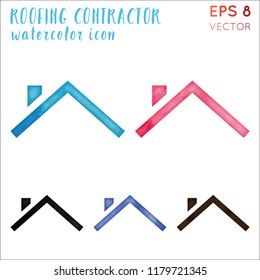When you're budgeting for a commercial paint task, it's very easy to ignore specific expenses that can creep up on you. You could believe you've covered every little thing, yet hidden costs like surface area prep work and allows can rapidly add up. By identifying these prospective mistakes at an early stage, you can produce a much more precise budget plan. Yet what certain factors should you consider to prevent those pricey surprises? Let's discover exactly how to assess your task's range properly.
Assessing the Extent of Your Task
Before diving right into an industrial paint job, it's critical to examine the extent of your project.
Begin by identifying the locations that need painting and the overall square video included. Consider the sort of surface areas, whether they're drywall, timber, or metal, as this influences the products and labor required.
Next off, examine the condition of these surface areas; any type of repair work or prep work will certainly impact your timeline and budget plan.
Do not fail to remember to make up the sort of paint you desire, as top quality can vary substantially in price.
Finally, consider access. If specific areas need special tools or added precaution, you'll need to factor those expenses right into your overall budget.
Understanding these components will establish you up for success.
Identifying Potential Hidden Costs
Once you've examined the extent of your business paint work, it's time to think about the potential surprise costs that can develop.
You might neglect expenditures like surface preparation, which can include cleansing, patching, or priming. Weather-related delays can additionally lead to unexpected costs, so keep an eye on the forecast.
If your structure has numerous levels or hard-to-reach locations, you might sustain additional labor costs. Additionally, take into consideration the price of authorizations or examinations that may be required by neighborhood laws.
Lastly, do not forget the potential for increased costs if you require unique surfaces or materials. By identifying house painter boise , you can budget more effectively and avoid shocks down the line.
Developing a Contingency Strategy
As you move forward with your commercial paint job, it's important to create a contingency plan that addresses unexpected obstacles.
Start by identifying possible threats, like weather delays or supply scarcities. ceiling painter minneapolis of your spending plan-- typically 10-15%-- to cover these unforeseen expenses.
Next, established clear timelines and interact them with your team, so everybody's on the exact same page. Consistently review your strategy and change it as needed, especially if circumstances alter.
Lastly, guarantee you have reliable get in touches with, such as suppliers and subcontractors, that can help you navigate any kind of issues that develop.
Verdict
To conclude, budgeting for your business paint job needs careful planning and awareness of possible hidden costs. By evaluating the scope of your job and recognizing locations where expenses could develop, you can develop a much more accurate budget plan. Always consist of a backup strategy to deal with unexpected issues. Staying adaptable and evaluating past tasks will likewise help you make educated decisions. With mouse click the up coming article , you'll be better prepared to manage your costs and guarantee an effective end result.
